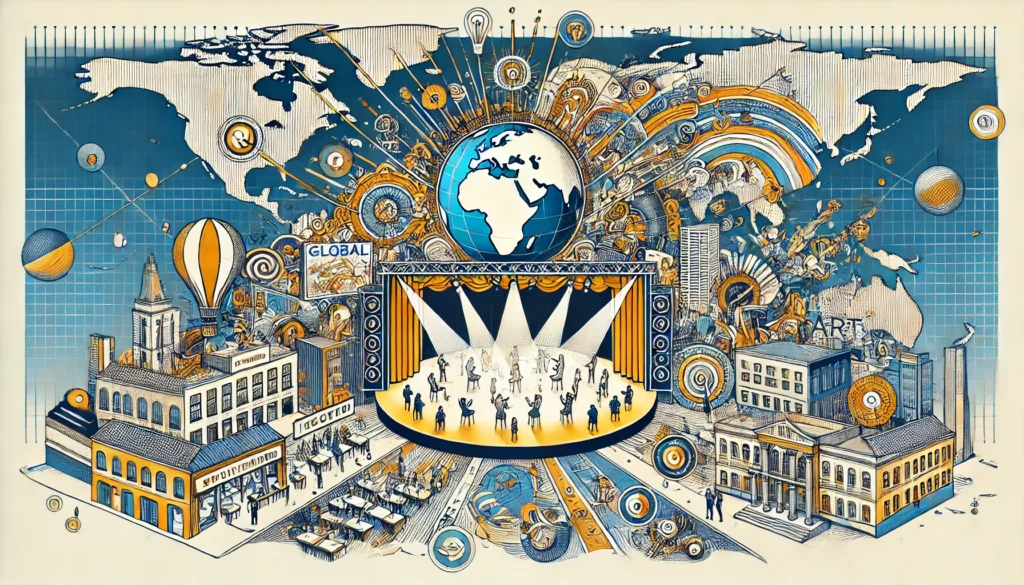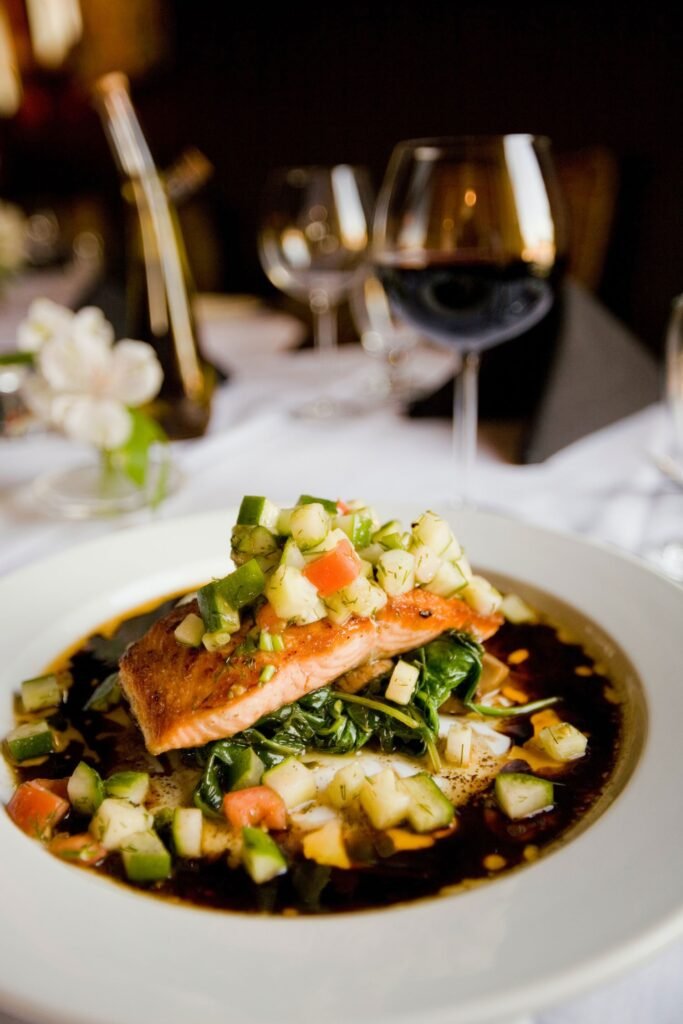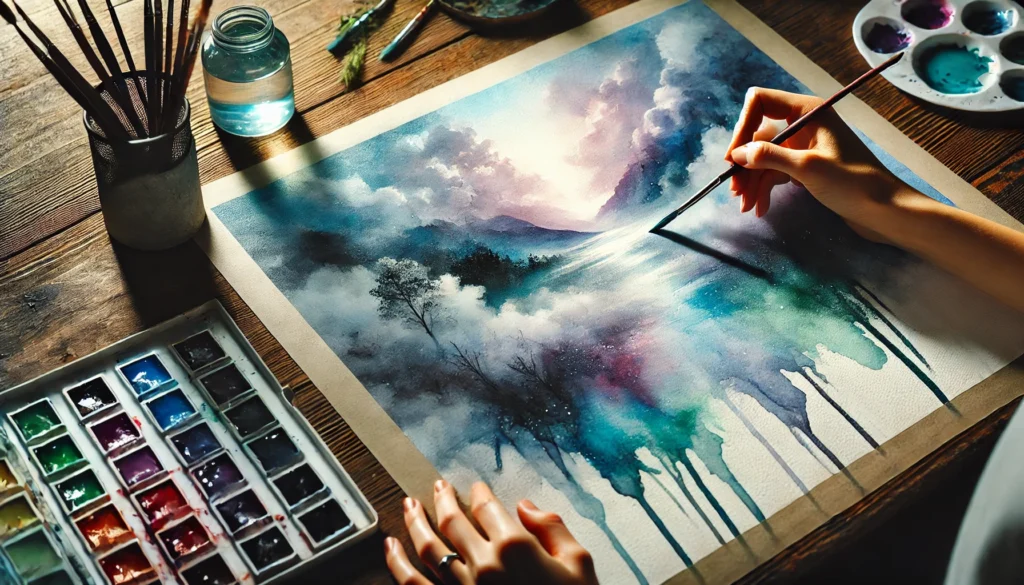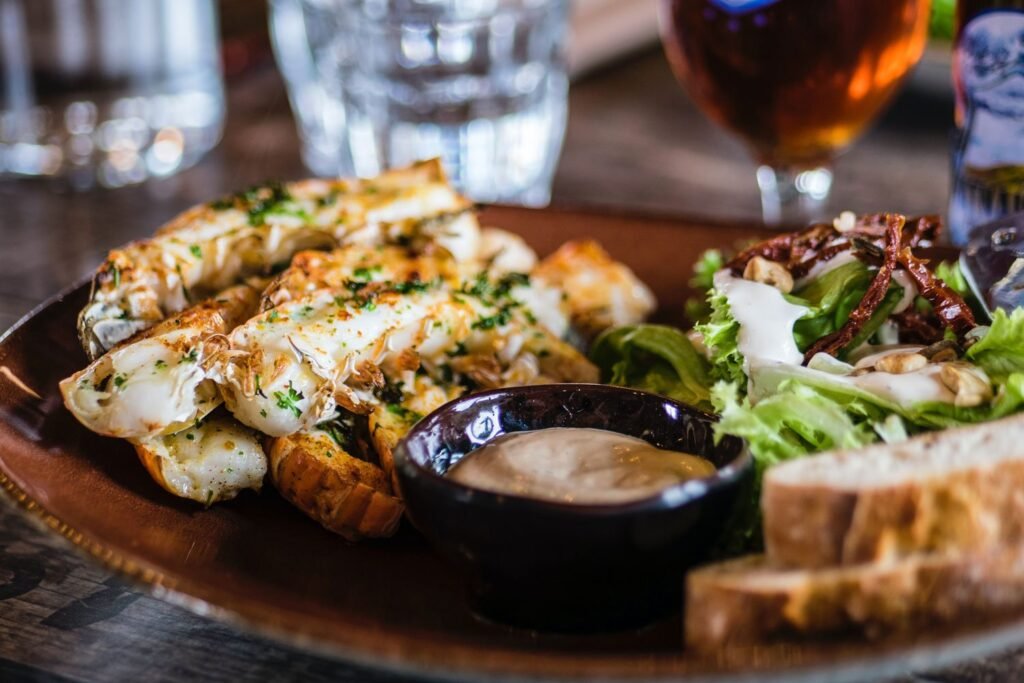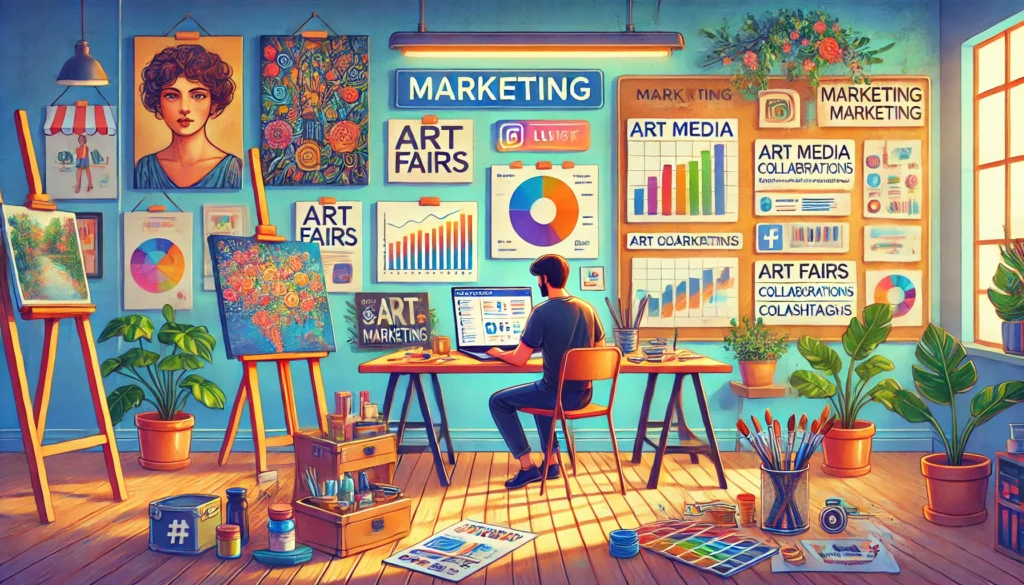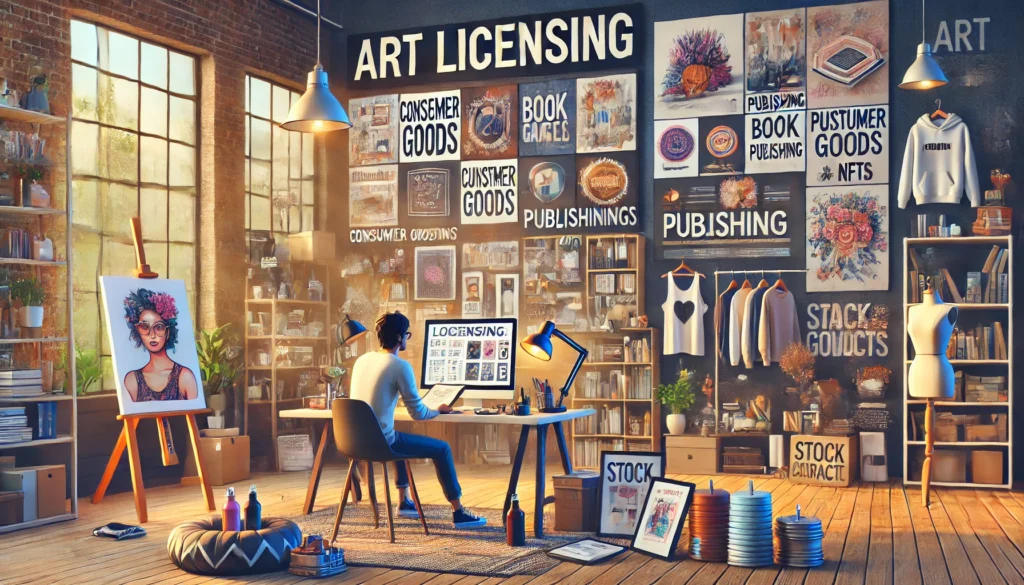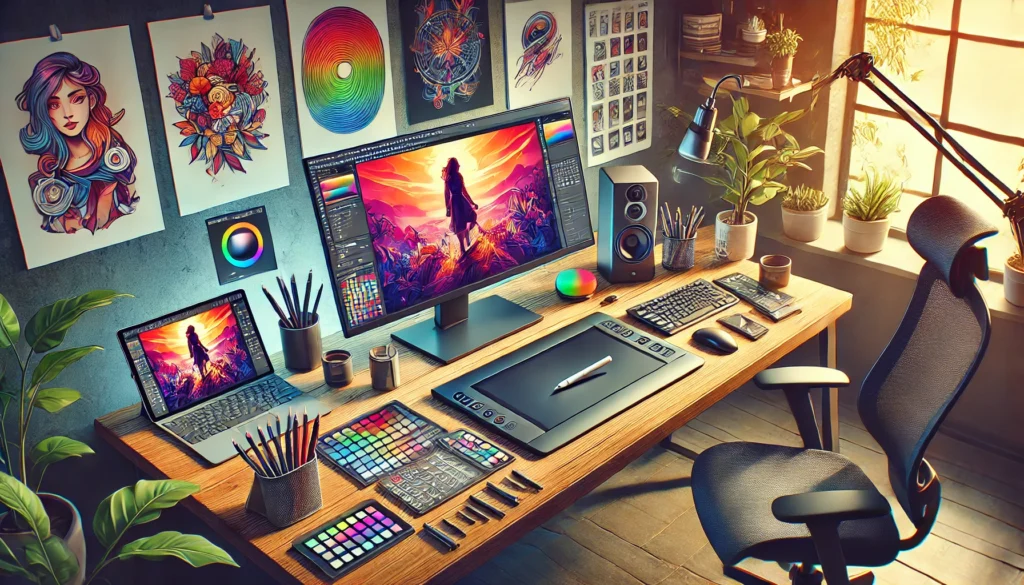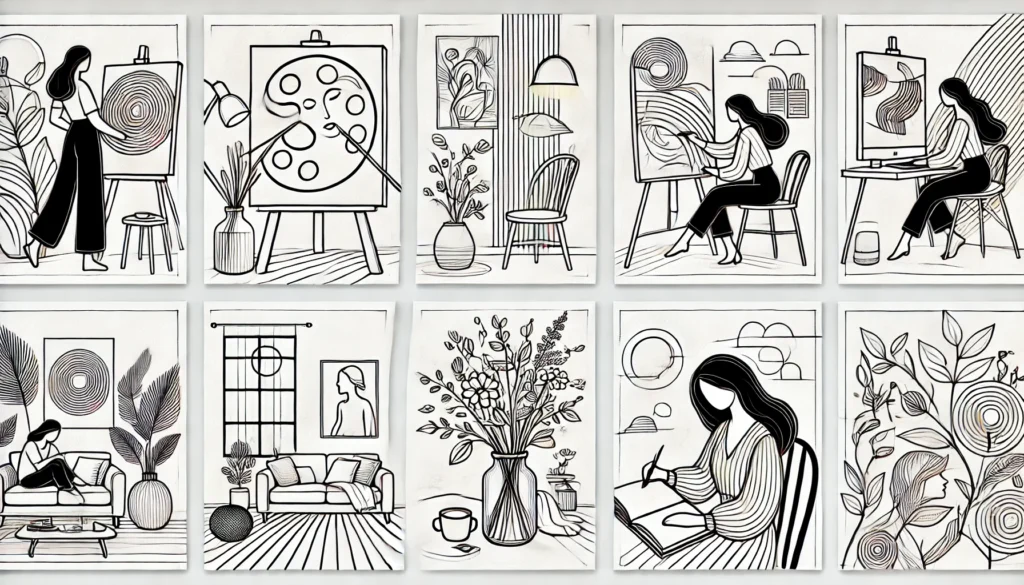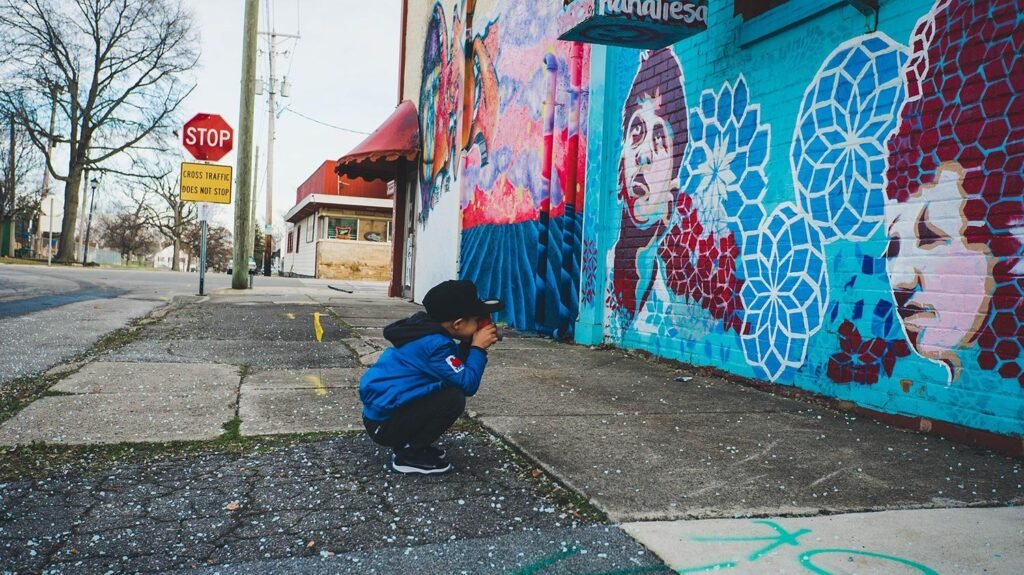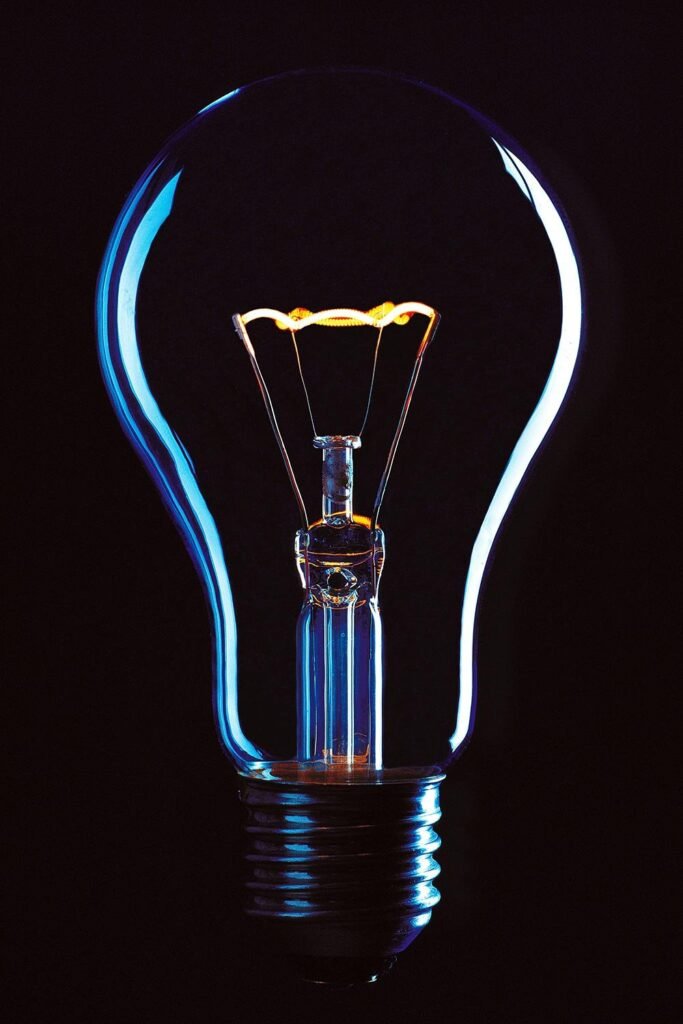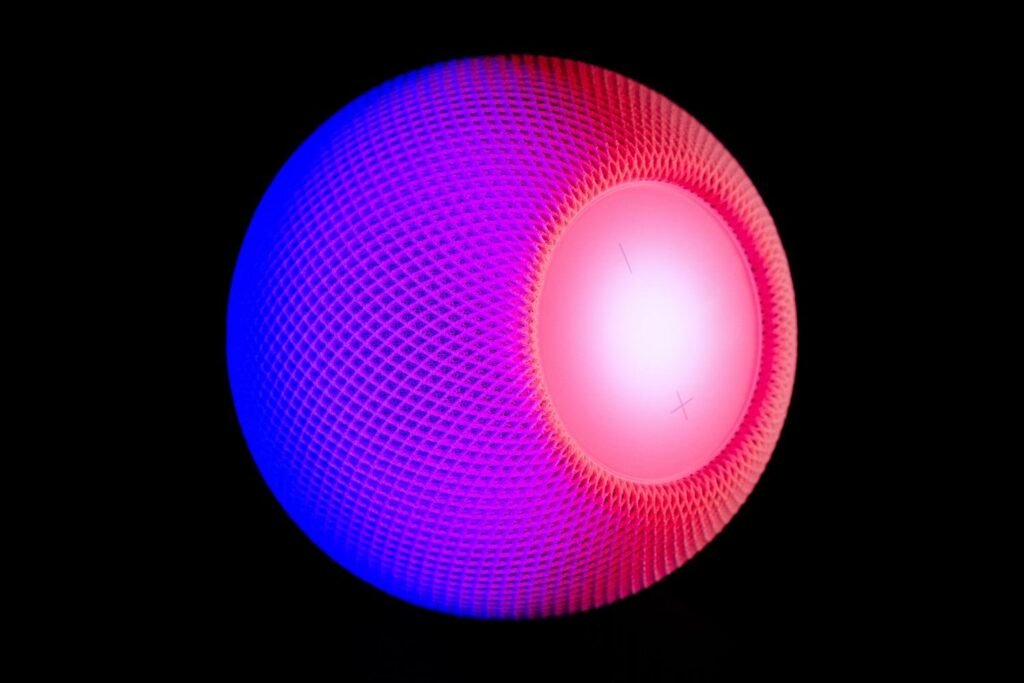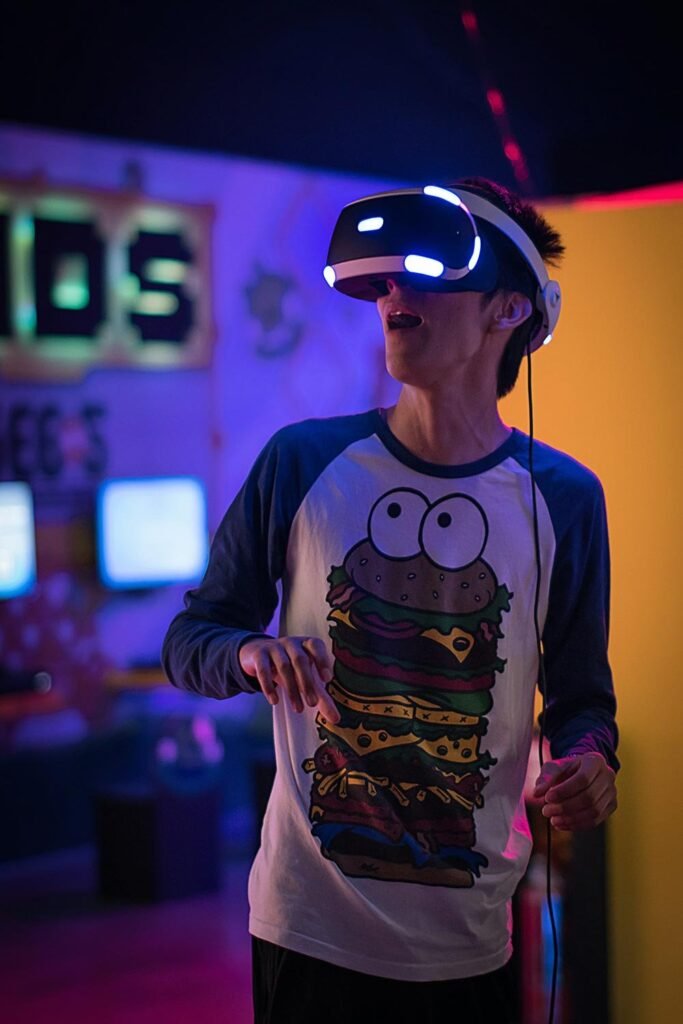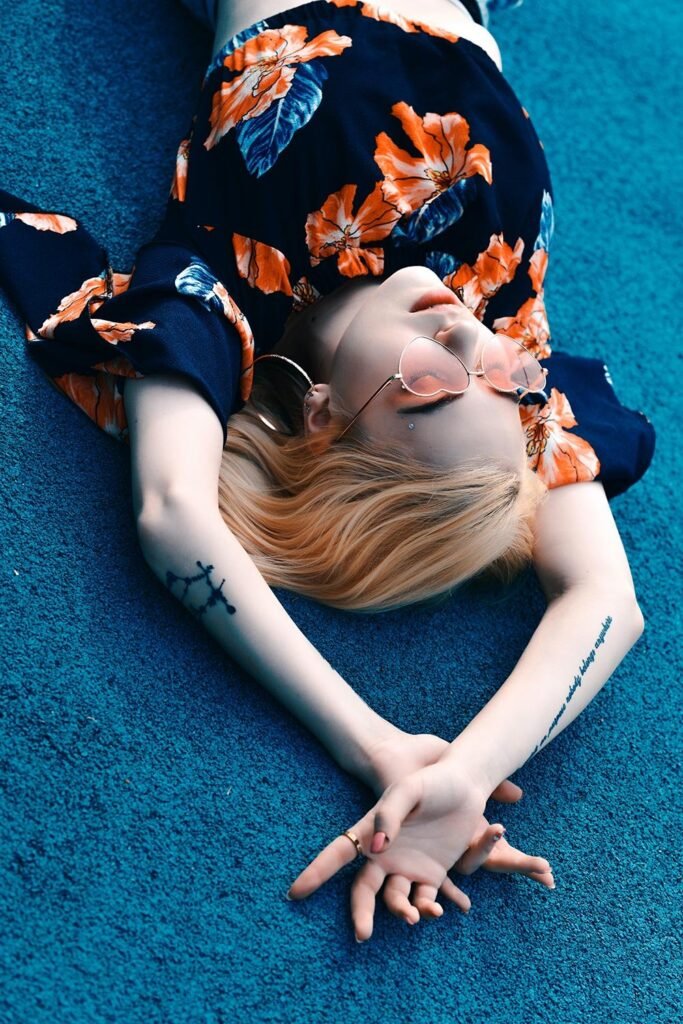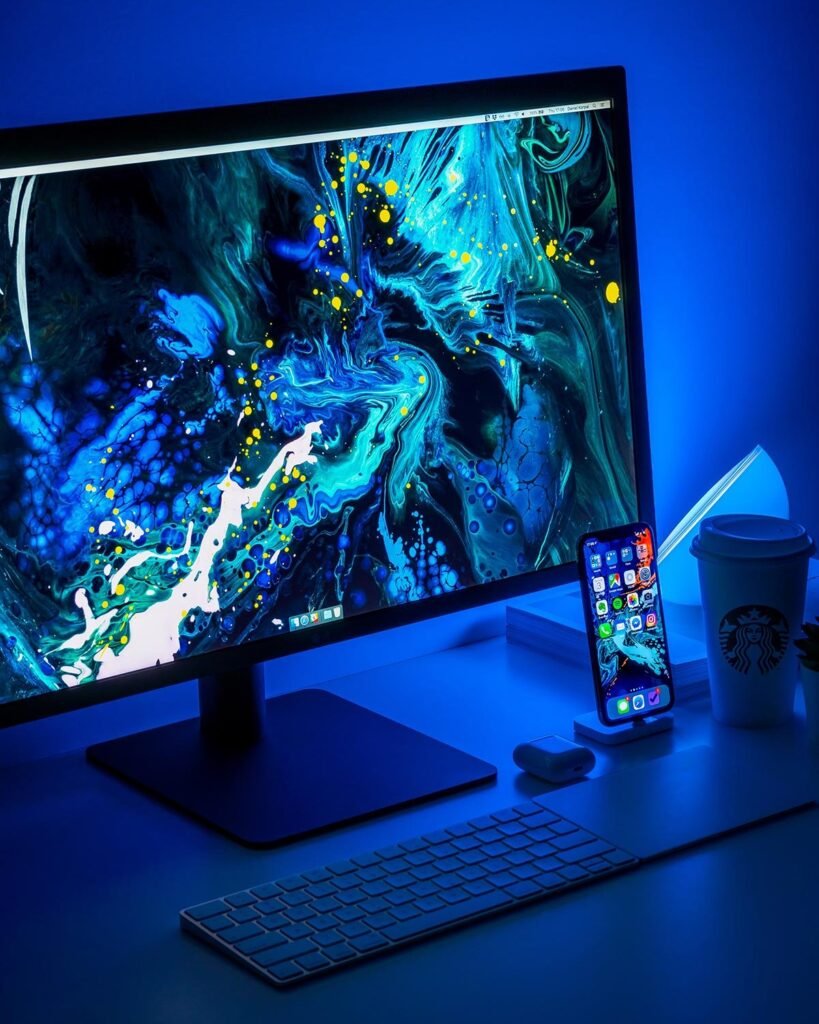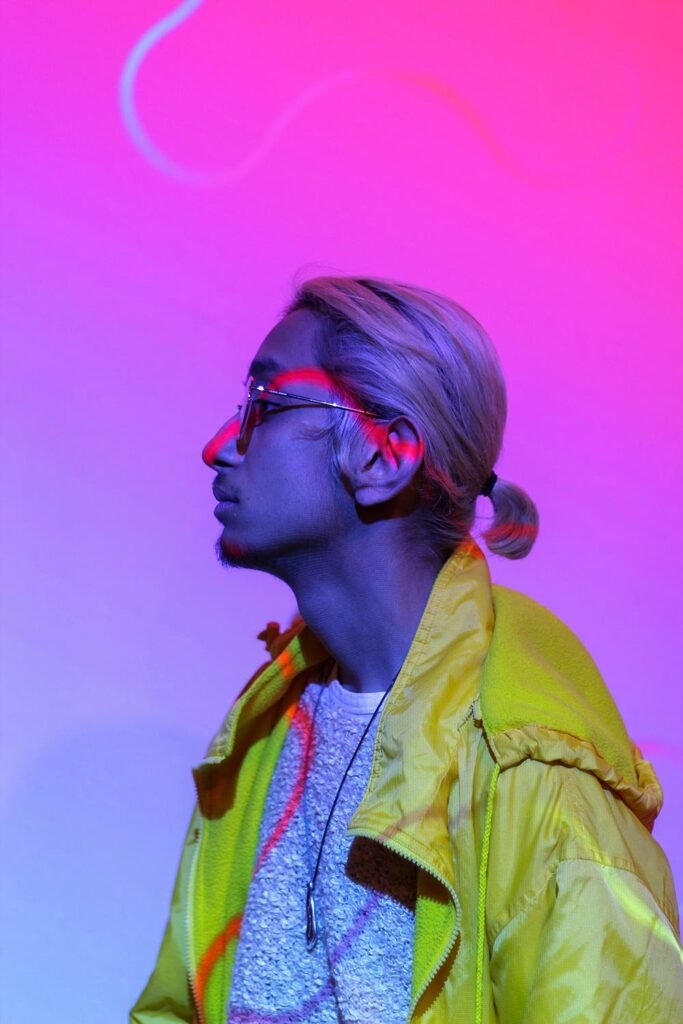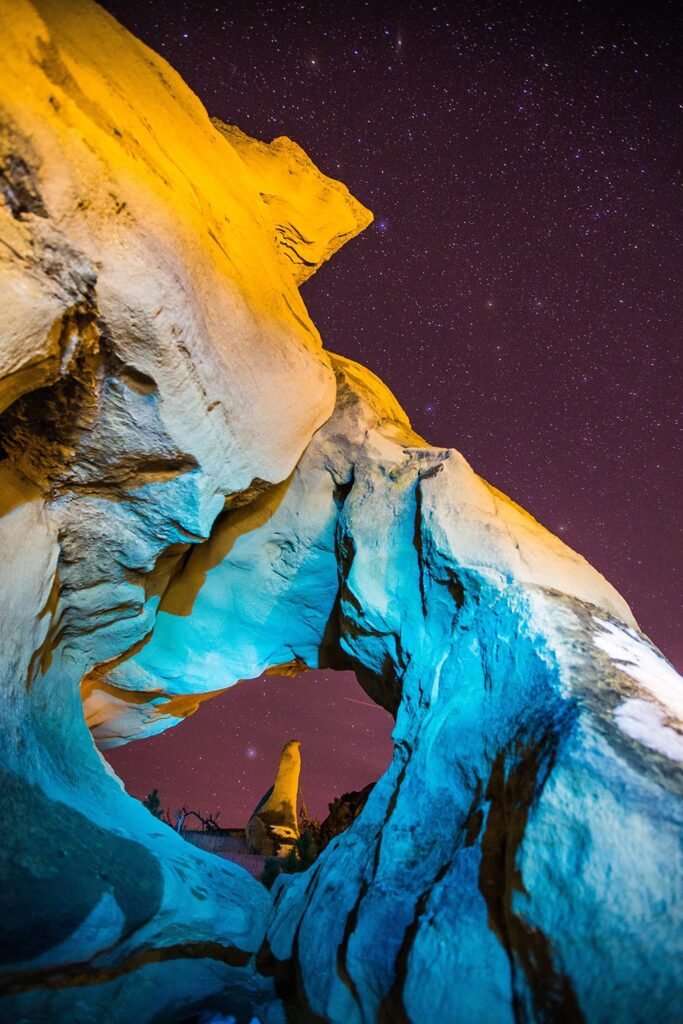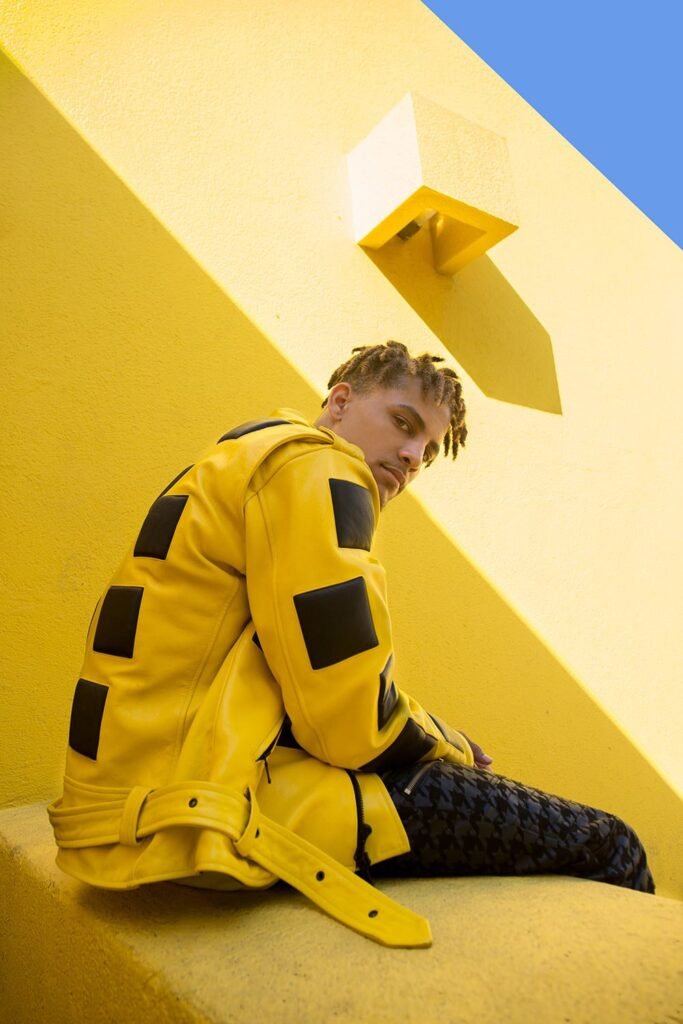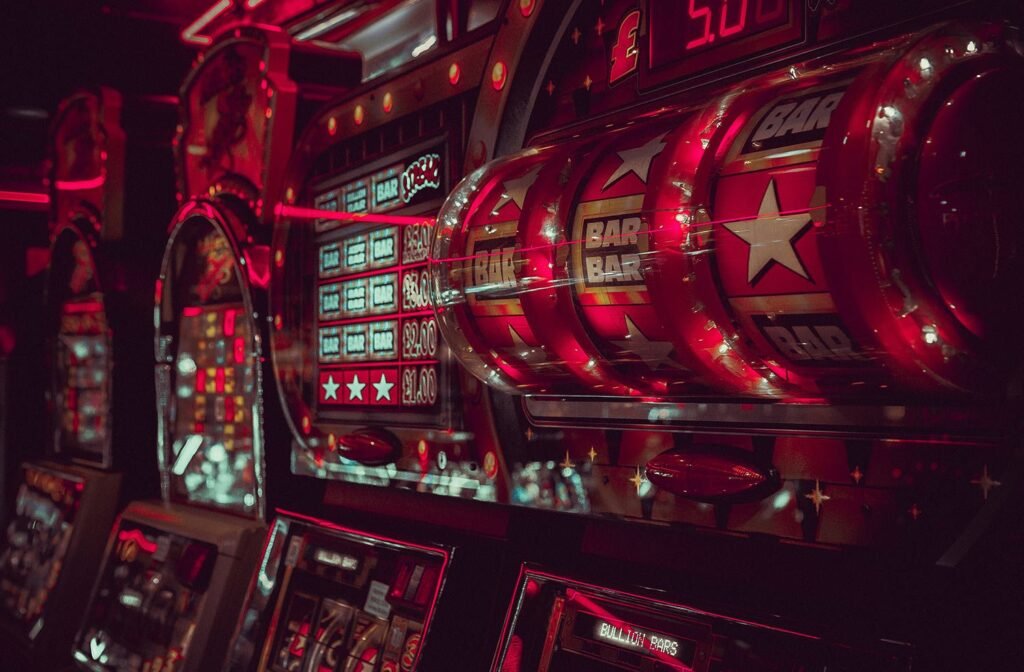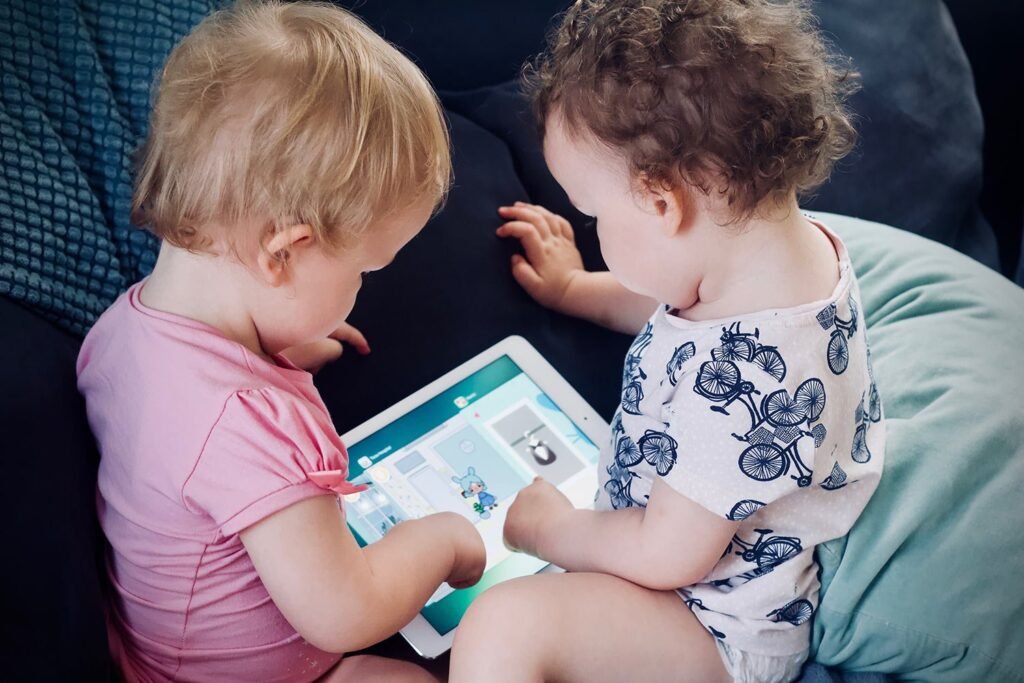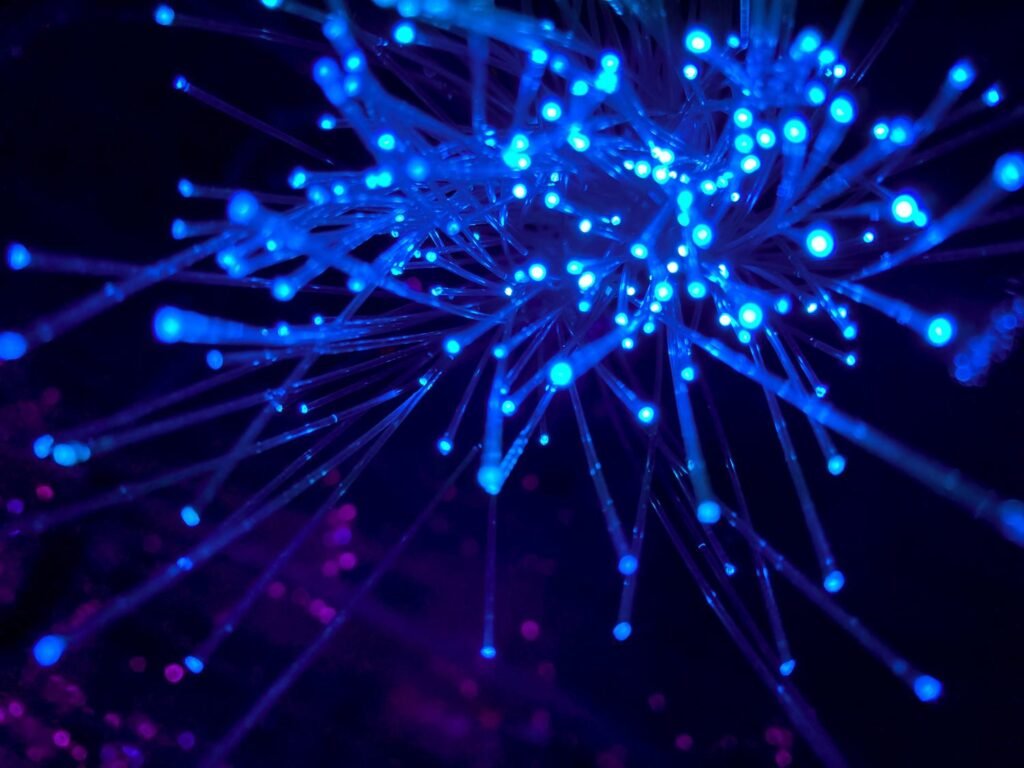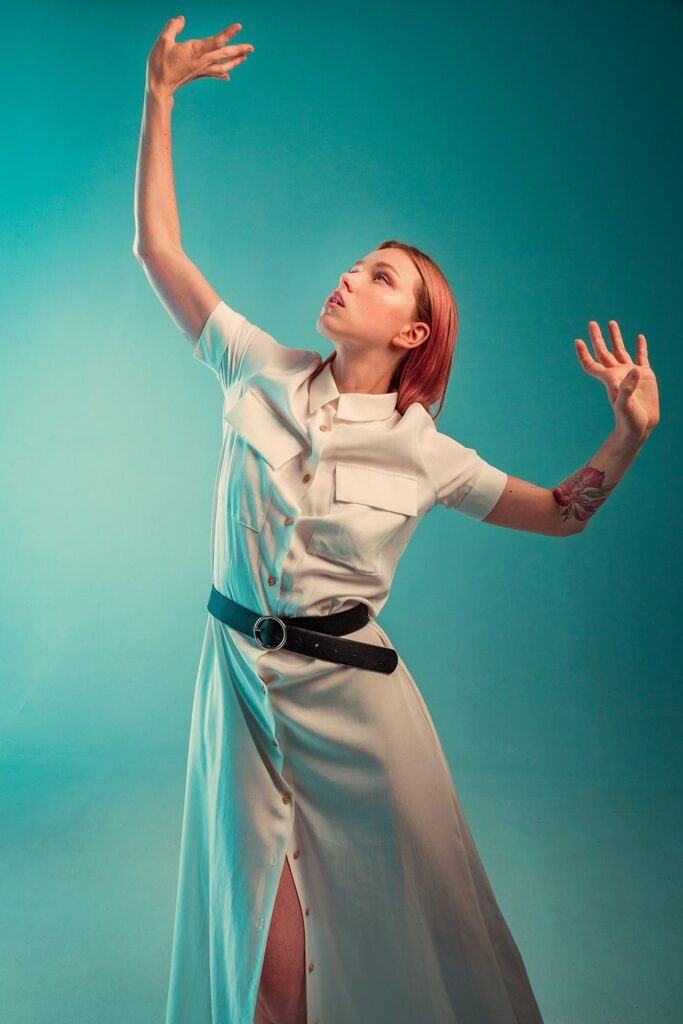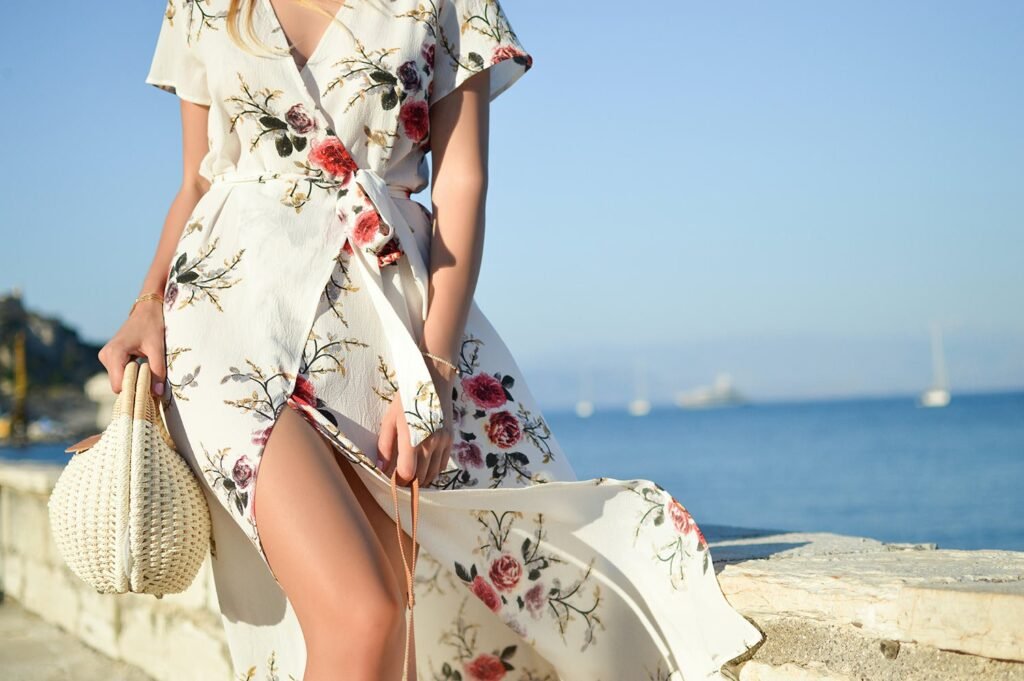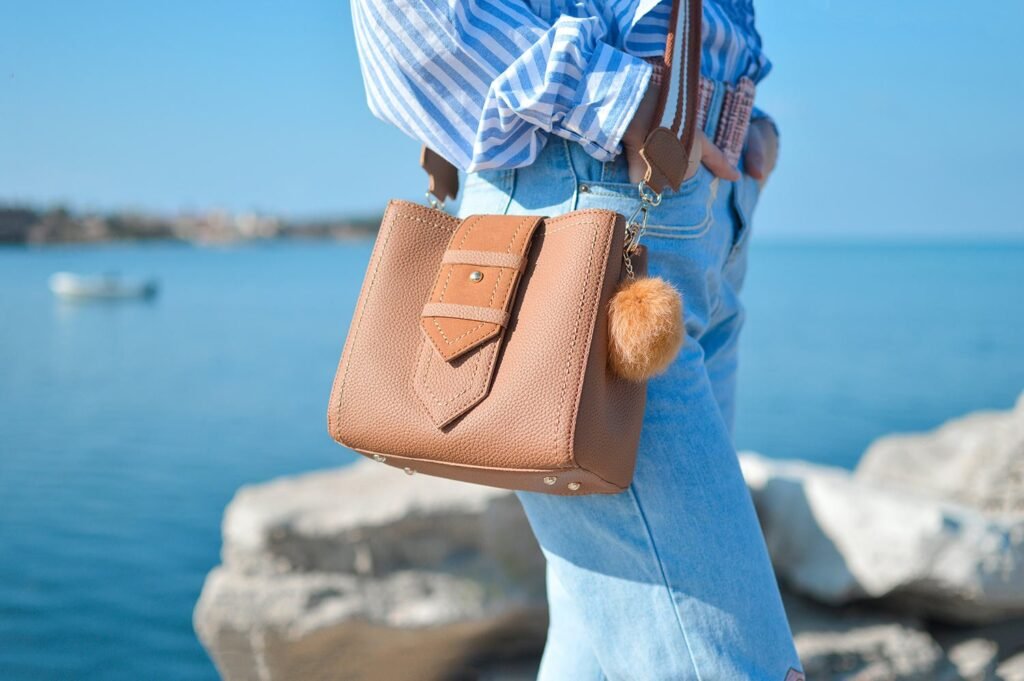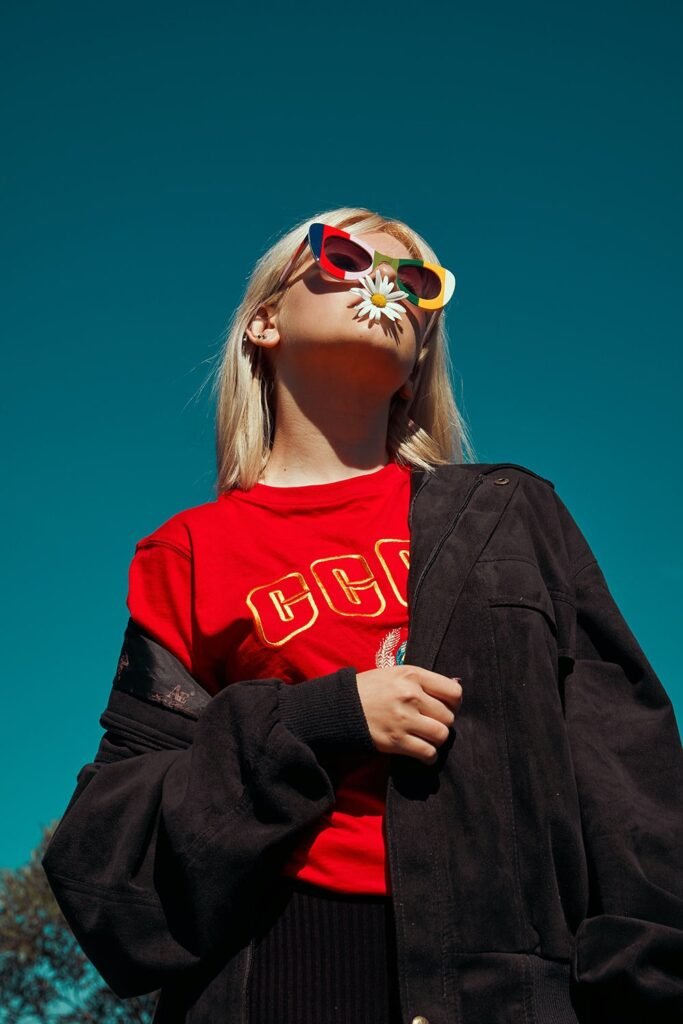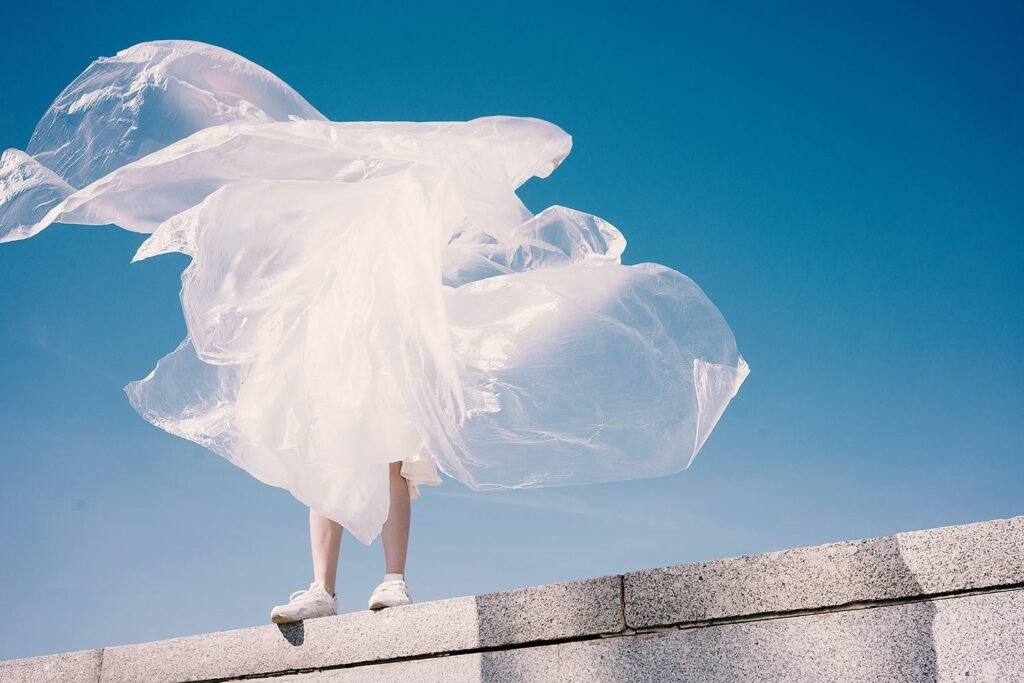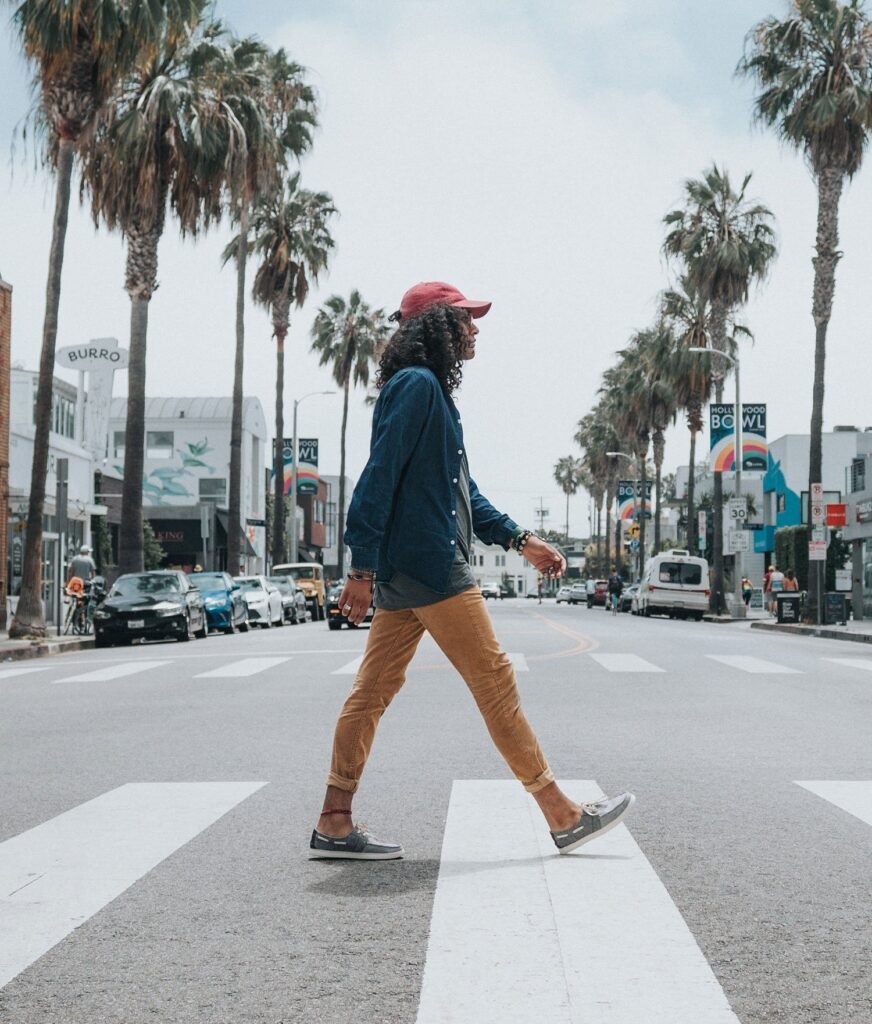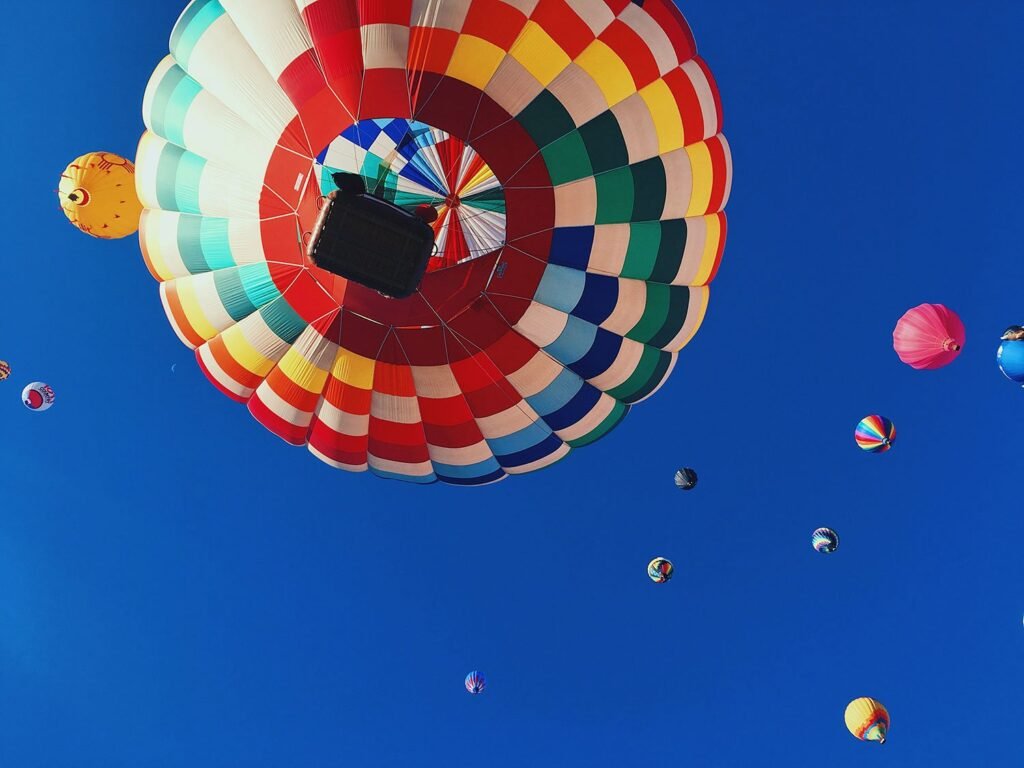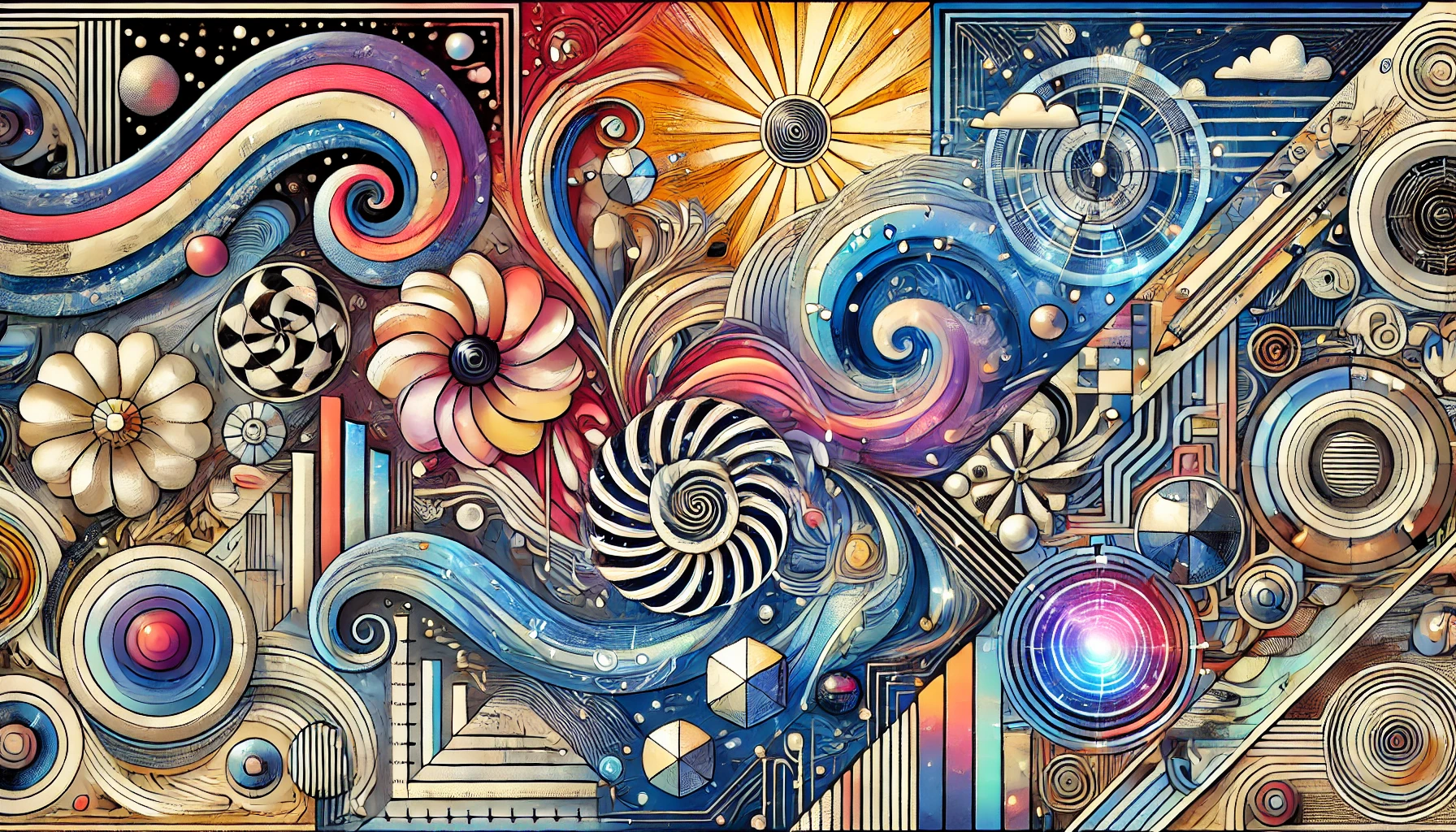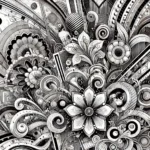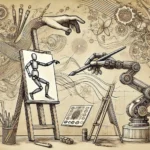Art has always been a reflection of the cultural, social, and political zeitgeist. From the Renaissance to Abstract Expressionism, movements have continuously reshaped the art landscape, influencing the way we create, perceive, and interact with art. Today, a new wave of popular and emerging movements is redefining artistic trends, capturing the essence of our evolving world.
- Neo-Surrealism: Dreamscapes Reimagined
Neo-Surrealism has surged in popularity, blending traditional surrealist principles with contemporary techniques. Artists in this movement explore the subconscious mind, using digital tools to create dreamlike visuals that feel both otherworldly and deeply personal.
Key Characteristics:
Vivid, hyper-realistic imagery.
Themes of fantasy, dreams, and alternate realities.
Use of digital mediums like Photoshop and AI tools.
Why It’s Trending:
In an era dominated by digital escapism, Neo-Surrealism offers a portal to imaginative worlds, resonating with audiences seeking an emotional and visual escape.
- Eco-Art: Sustainability Through Creativity
Eco-Art is more than just a movement; it’s a call to action. Artists in this space use natural and recycled materials to create works that highlight environmental issues, from climate change to deforestation.
Key Characteristics:
Use of sustainable, biodegradable, and recycled materials.
Themes addressing environmental conservation and awareness.
Integration of nature into art installations.
Why It’s Trending:
As sustainability becomes a global priority, Eco-Art bridges the gap between awareness and activism, inspiring change through creative expression.
- Minimalist Revival: The Art of Less
While maximalism has its advocates, minimalism is making a comeback in response to the overwhelming clutter of modern life. This movement focuses on simplicity, balance, and the beauty of negative space.
Key Characteristics:
Monochromatic color schemes.
Clean lines and geometric shapes.
A focus on space and subtlety.
Why It’s Trending:
Minimalism’s “less is more” philosophy resonates with a world increasingly seeking mindfulness and simplicity.
- Digital Abstraction: Pixels Meet Paint
Digital Abstraction combines the age-old techniques of abstract art with cutting-edge technology. Artists manipulate pixels, algorithms, and coding to create vibrant and dynamic compositions.
Key Characteristics:
Abstract forms created through digital tools.
Bright, bold colors and fluid designs.
Interactive art pieces, such as augmented reality (AR) experiences.
Why It’s Trending:
The rise of NFTs and digital platforms has opened up new avenues for abstract art, making it accessible and interactive for a global audience.
- New Figurative Art: Humanity in Focus
New Figurative Art revisits the human form but through a contemporary lens. This movement celebrates diversity, emotion, and the complexity of the human experience, often integrating cultural and social commentary.
Key Characteristics:
Realistic portrayals of human figures.
Emphasis on emotion and identity.
Use of modern mediums, such as digital painting and mixed media.
Why It’s Trending:
With growing conversations around representation and inclusivity, New Figurative Art captures the spirit of our times, making it both poignant and relatable.
- Techno-Baroque: The Fusion of Old and New
Techno-Baroque merges the grandeur and drama of the Baroque era with futuristic aesthetics. This movement combines ornate details with high-tech materials and methods.
Key Characteristics:
Lavish, intricate designs.
Use of modern materials like chrome, LED lights, and 3D printing.
Themes of excess, technology, and opulence.
Why It’s Trending:
Techno-Baroque speaks to our fascination with blending tradition and innovation, offering a unique juxtaposition of the past and future.
Conclusion
Art movements are the pulse of creative expression, constantly adapting to reflect societal shifts, technological advancements, and cultural transformations. Whether it’s the introspection of Neo-Surrealism or the activism of Eco-Art, these movements are shaping not only artistic trends but also the way we engage with the world around us.
Which of these movements speaks to you the most? Let us know in the comments and join the conversation about how art continues to evolve in exciting and meaningful ways.













